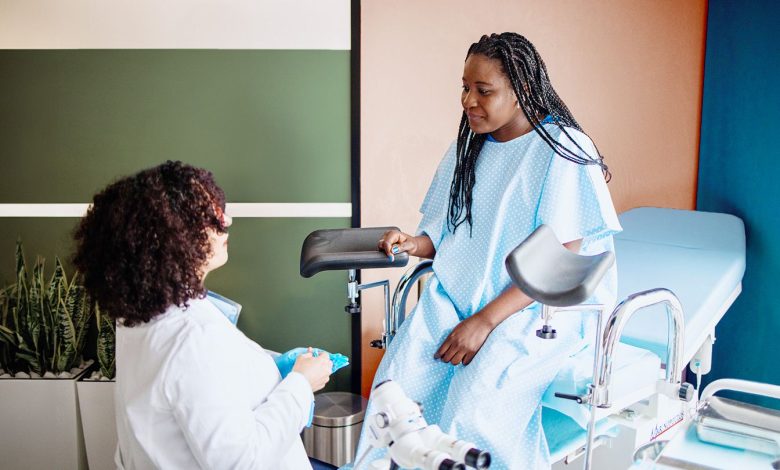Are Pap Smears Becoming a Thing of the Past? Experts Say Maybe

[ad_1]
But should women be avoiding the Pap? Find out what our experts had to say.
Pap Smears and HPV Testing: What’s the Difference?
Where Pap smears look at the cells of your cervix to see if any are precancerous, the HPV test checks for the most prominent cervical cancer risk factor, per the Office on Women’s Health.
Why Do We Need Pap Smears?
Most HPV infections go away on their own, but 1 out of every 10 cases sticks around and can lead to cervical cancer, cites the CDC. However, when you diagnose cervical cancer at an early stage, it’s easier to treat, says Alyssa Dweck, MD, a gynecologist in Westchester County, New York, and the chief medical officer of Bonafide Health. That’s why cervical screening — through Pap smears or HPV testing — is so important.
“As great as the Pap test is, it is not a perfect test, and there are some false positive and false negative results,” says Julieta Barroeta, MD, a pathologist and associate professor in the department of pathology and laboratory medicine at Loyola University in Chicago and a member of the College of American Pathologists Foundation’s See, Test & Treat Committee.
“Numerous studies across the globe have demonstrated the effectiveness of HPV testing in preventing cervical cancer. Since most cervical cancers are caused by HPV, having a negative HPV test almost guarantees that the patient will not develop cervical cancer in the next three years,” says Dr. Barroeta.
In the end, the ball is in your court. You can still get Pap smears (which usually include an HPV test, too) or you can ask your provider for an HPV test only. Both are effective, and you can pick your preference.
While it may feel like the last thing you want to do, a cervical cancer screening can save your life.
Home HPV Testing: How It Works
Home cervical screening tests are not traditional Pap smears; the HPV tests collect cervical mucus instead of cells, notes Barroeta. “Most kits have very clear instructions that are easy to follow, and patients have expressed feeling more at ease collecting their own samples at home or even collecting them themselves at the clinician’s office,” she says.
To test yourself at home, you insert a long-handled cotton swab about the size of a tampon (or smaller) into your vagina, then rotate it several times, explains Dr. Sheth. “The collected sample is then either sent to a lab or evaluated at home using test media as being positive or negative for high-risk HPV DNA.”
Home HPV testing can offer more than just convenience. “These tests are also particularly useful for those patients with limited access to healthcare facilities due to distance or other personal situations,” says Barroeta.
Pap Smears vs. Home HPV Test: What the Experts Say
While there are plenty of home HPV tests available, none have been approved by the FDA, says Sheth. “Clinician-collected, high-risk HPV testing has been endorsed by the U.S. Preventive Services Task Force, the American Cancer Society, and a number of other professional societies as not only an acceptable form of cervical cancer screening but preferred to a Pap test in some situations because of their increased accuracy,” Sheth says.
Home HPV testing is considered as accurate as tests done by a clinician, says Dr. Dweck, with some brands claiming 99 percent accuracy. Dweck doesn’t recommend home HPV tests to her patients simply because when they see her, she can perform the test in her office. However, she believes that home testing could provide increased access for people who can’t easily see a healthcare provider.
“In my opinion, primary HPV testing should replace the Pap test as the first step in screening for cervical cancer,” says Barroeta. “Increasing the availability of this testing by having FDA-approved standardized kits for in-home testing would be an easy and affordable way to increase access to a great cancer prevention tool.”
While Pap smears may be fading, cervical cancer screening is more important than ever. HPV testing may soon replace Pap smears altogether, but for now, you can choose the test you prefer. You can ask your healthcare provider which options they offer and work with them to make a cervical cancer prevention plan that works for you.
[ad_2]




